Naryn: Basic Information
Pronunciation
Alternative Name(s)
Dish Type
Course
Mealtime
Popular Variations
Naryn: Ingredients and Preparation
Main Ingredients
Main Cooking Method
Preparation Process
Naryn: A Deep Dive
Cultural Significance
Taste
Texture
Aroma
Color
Serving Style
Serving Temperature
Accompaniment
Occasions
Seasons
Special Diets
Calories
Popularity
Popular Similar Dishes
- Beshbarmak
- Laghman
Popular Dining Area
Naryn, neryn, naaryn, or norin, is a traditional Central Asian dish, celebrated for its unique combination of horse meat and diverse noodles. In Kyrgyz cuisine, naryn is typically prepared with finely chopped lamb or horse meat, complemented by a rich onion sauce.
Meanwhile, the Uzbek variation emphasizes fresh hand-rolled noodles and succulent horse meat. Depending on regional preferences, naryn is relished as a refreshing cold pasta dish or a warm, comforting noodle soup.
Interestingly, naryn, with the addition of noodles, is widely known as beshbarmak nowadays, a popular dish of boiled meat with noodles.
Often, it plays a crucial role in meals, typically served after samosas and preceding the plov. To enhance its visual appeal and flavor, the dish is frequently garnished with slices of horse meat sausage.
After discovering the features that make up naryn, you should stick around to find out about how people serve the specialty in its home grounds. Also, make sure to check out the advantages and disadvantages, the exciting FAQs, and other dishes that are similar to naryn.
Key Points
Naryn Images
How to Serve Naryn in Kyrgyzstan and Uzbekistan?
When it comes to serving, each country comes up with a different interpretation that reflects their preferences.
- In Kyrgyzstan: The naryn version usually serves finely cut meat with onion sauce, while the Central Asian rendition utilizes various noodles to pair with the meat.
- In Uzbekistan: People often enjoyed both the dry and wet versions of naryn. When served dry, locals relish it as cold pasta, naryn goes by the name kuruk norin (dry noryn), while the warm soup adaptation is known as khul norin (wet norin).
To present naryn, locals tend to cook the noodle strips first in boiling water before combining them with shredded horse meat. For more flavor, some will even include a few slices of horse meat sausage over the noodles.
Since naryn is a unique combination of meat with noodles, you should consider the upsides and downsides before consuming this one-of-a-kind creation.
Pros and Cons of Eating Naryn
Here are some of the ideas in terms of pros and cons that anyone should know:
Pros
Cons
With the pros and cons of naryn out of the way, I suggest spending more time learning about some facts relating to naryn.



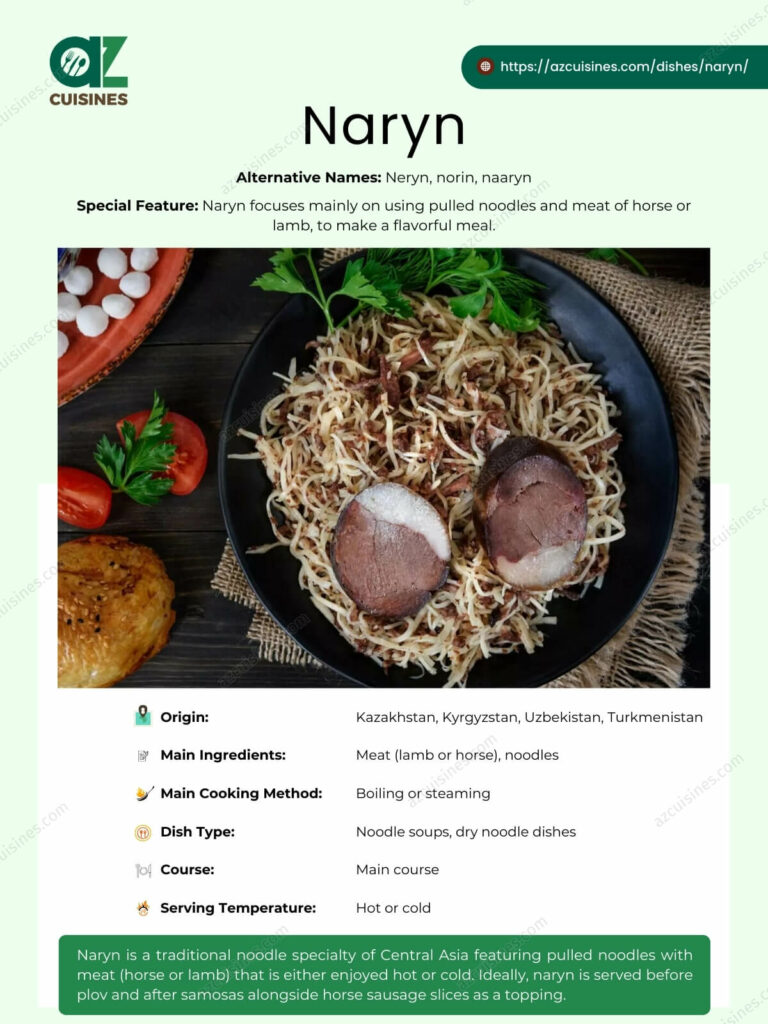
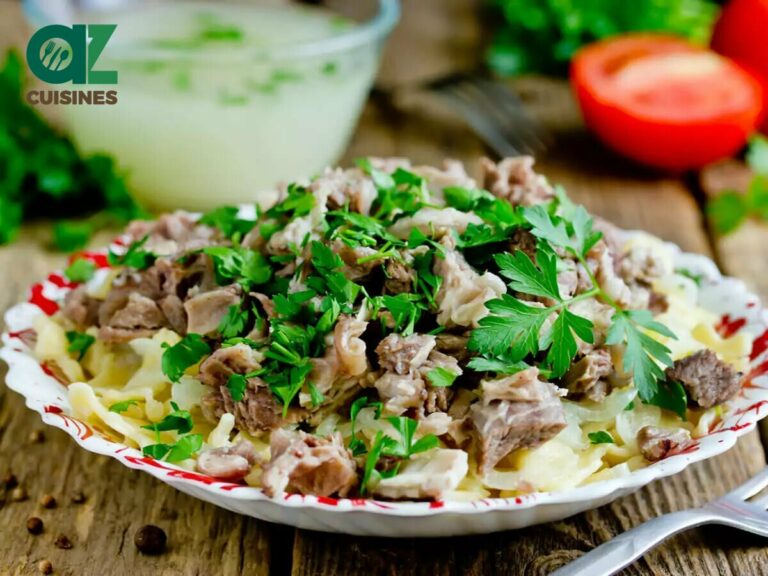
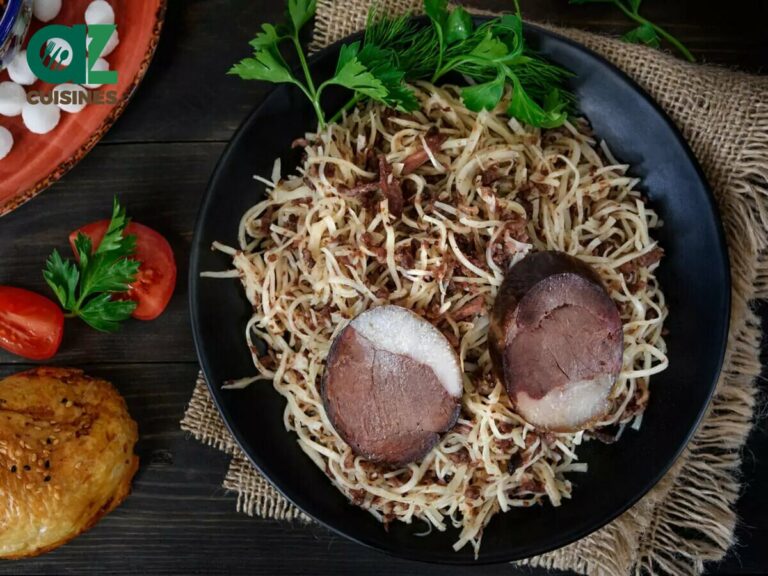

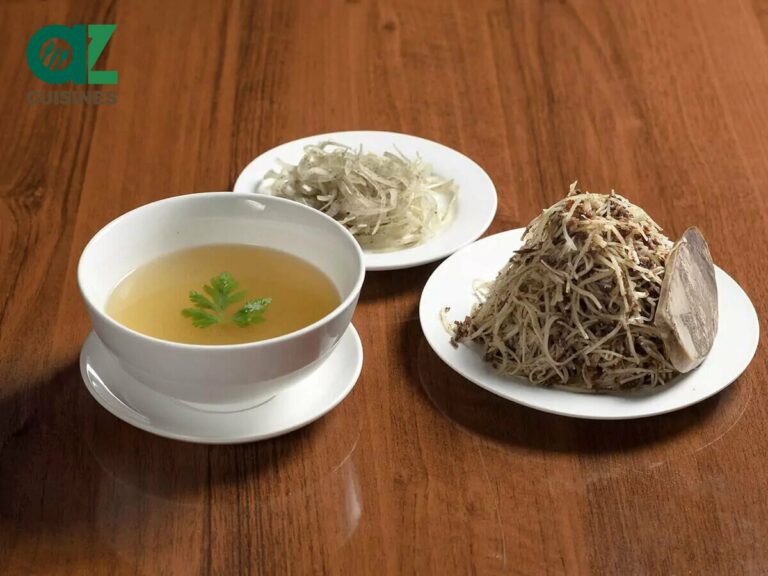
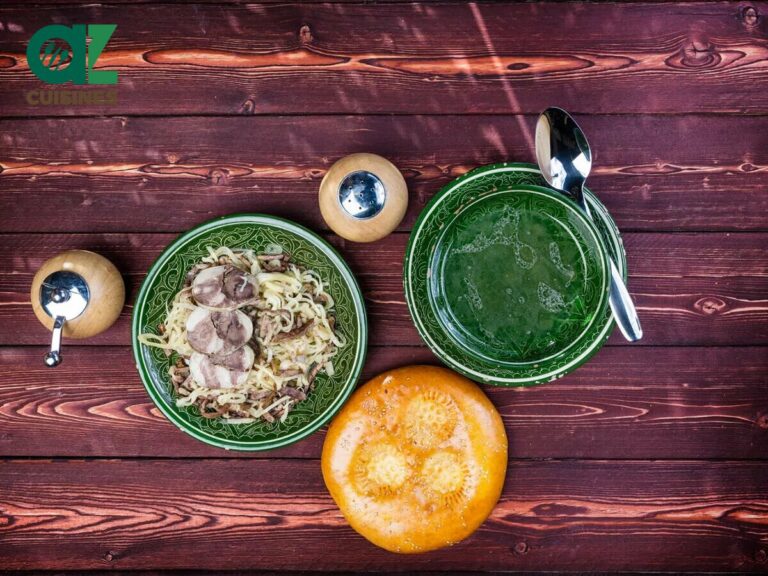
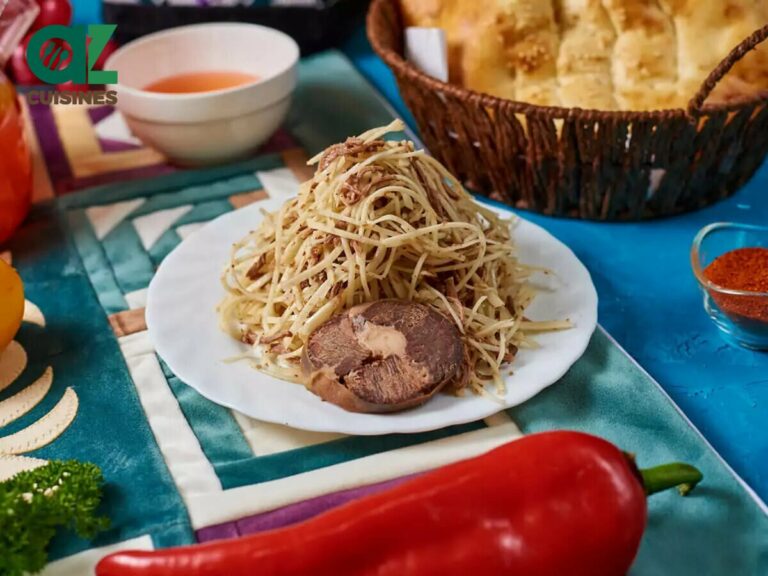
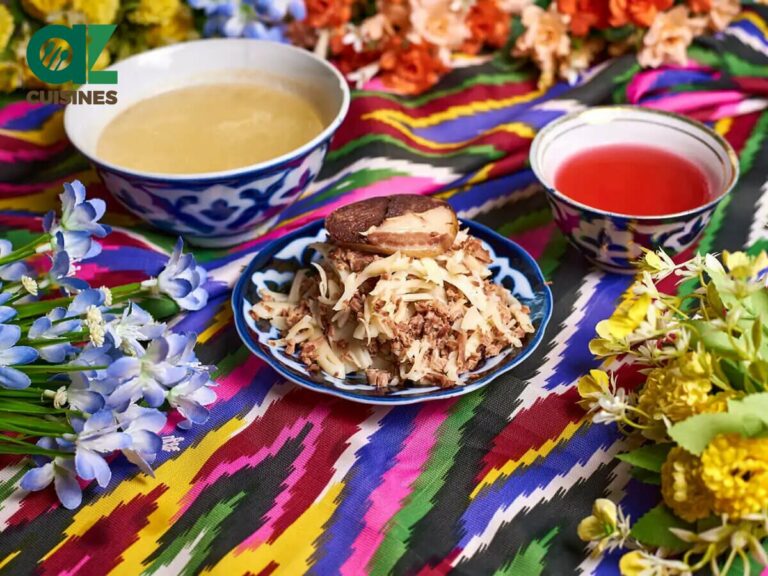
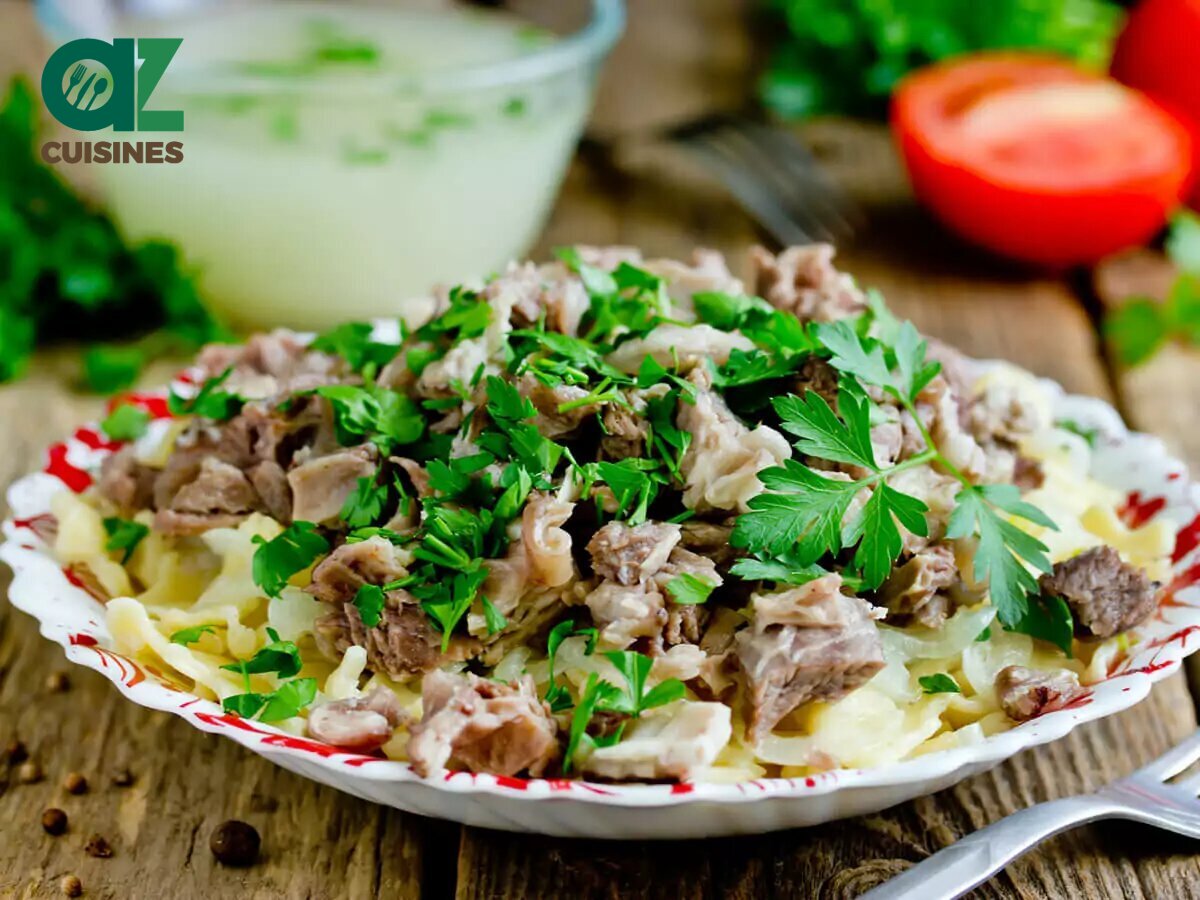
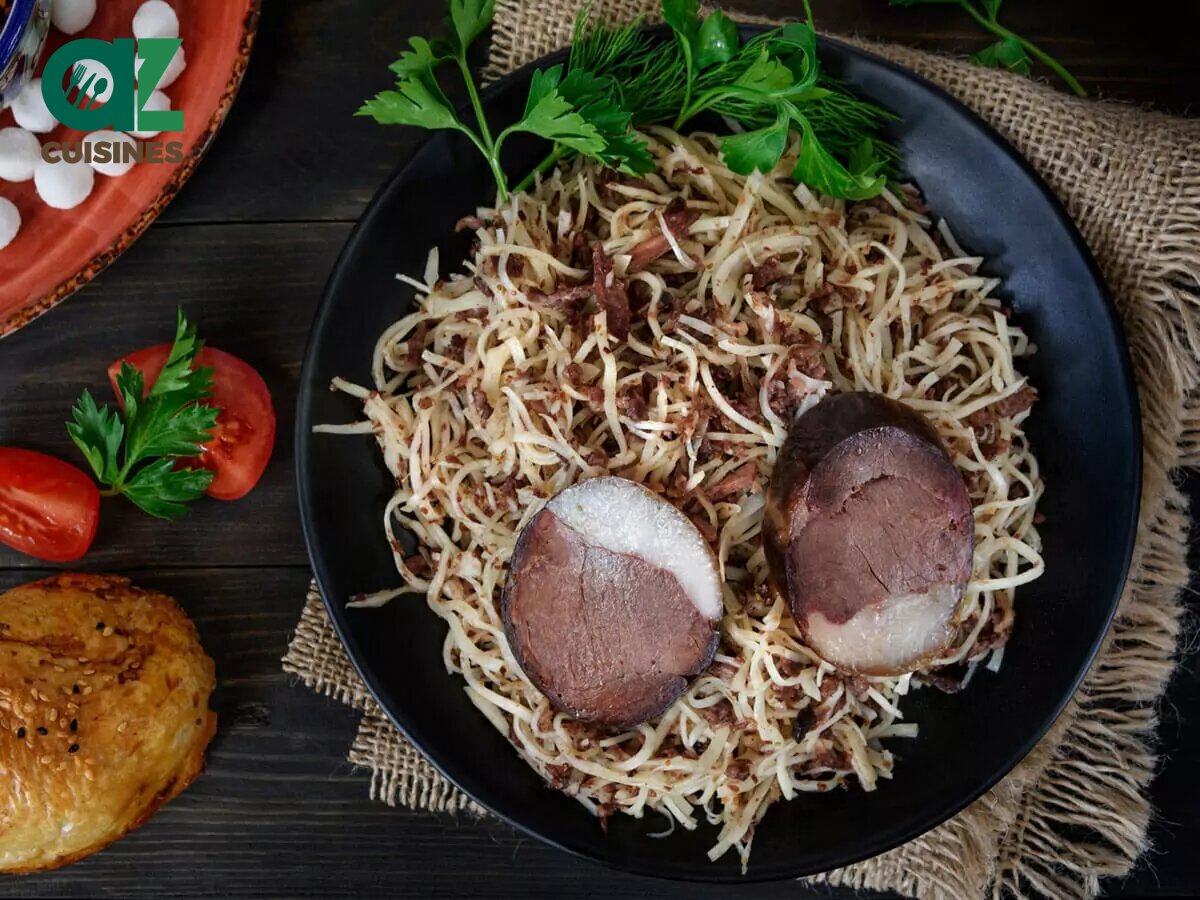
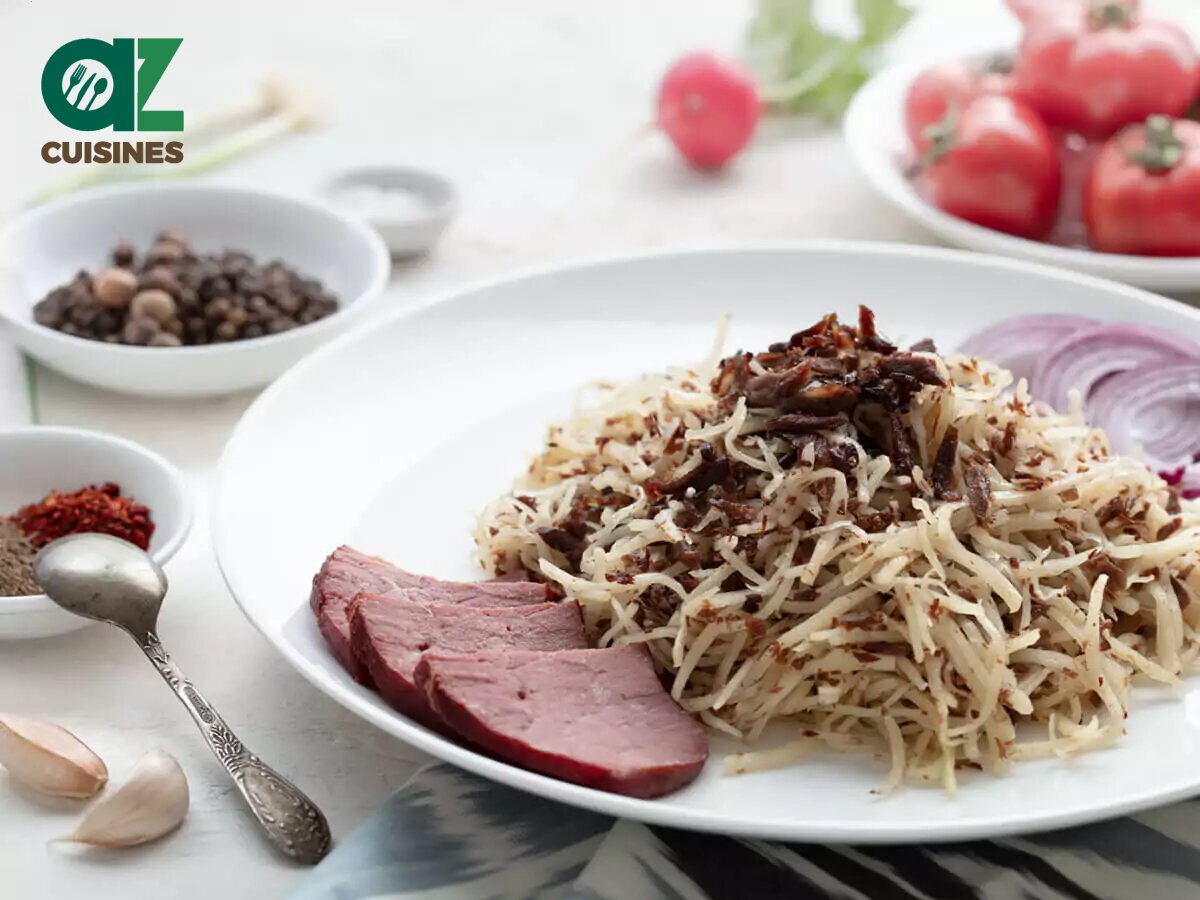
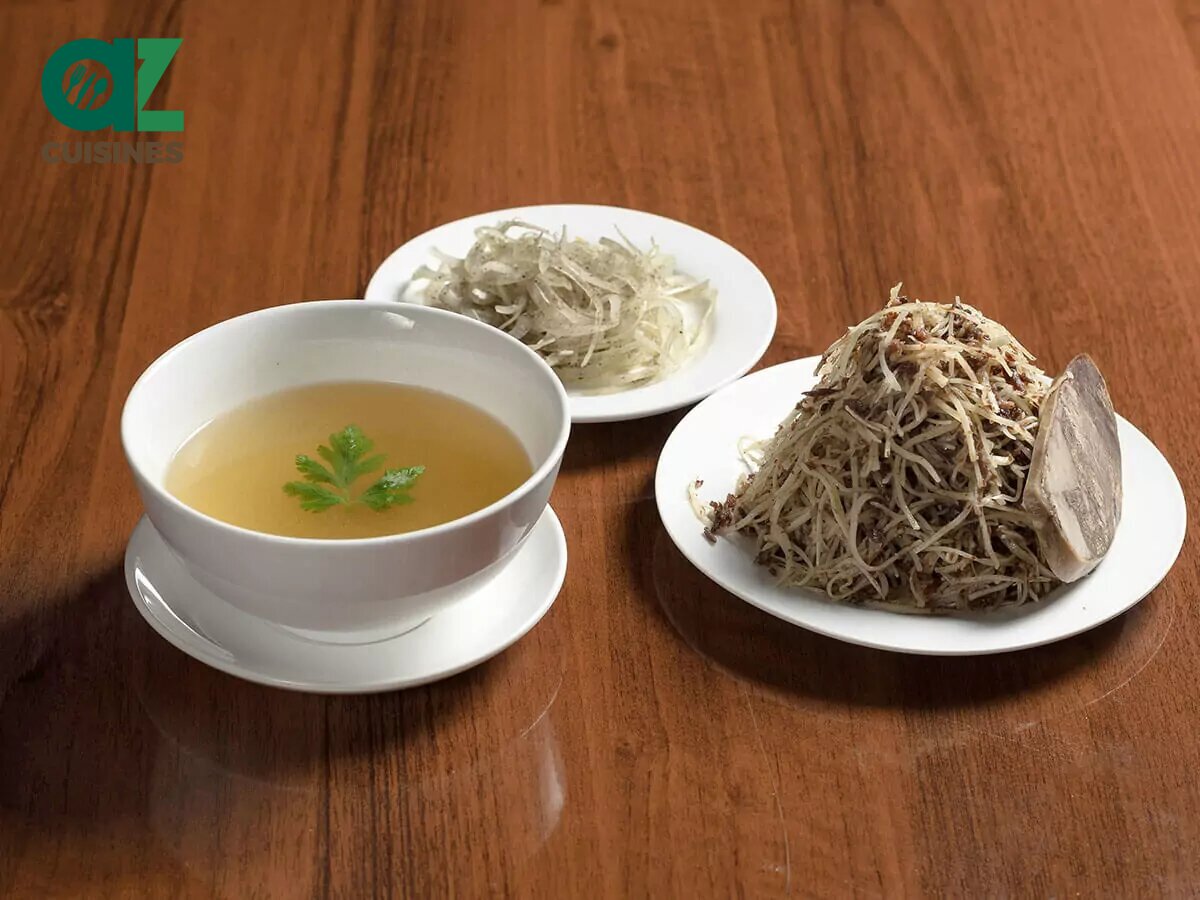
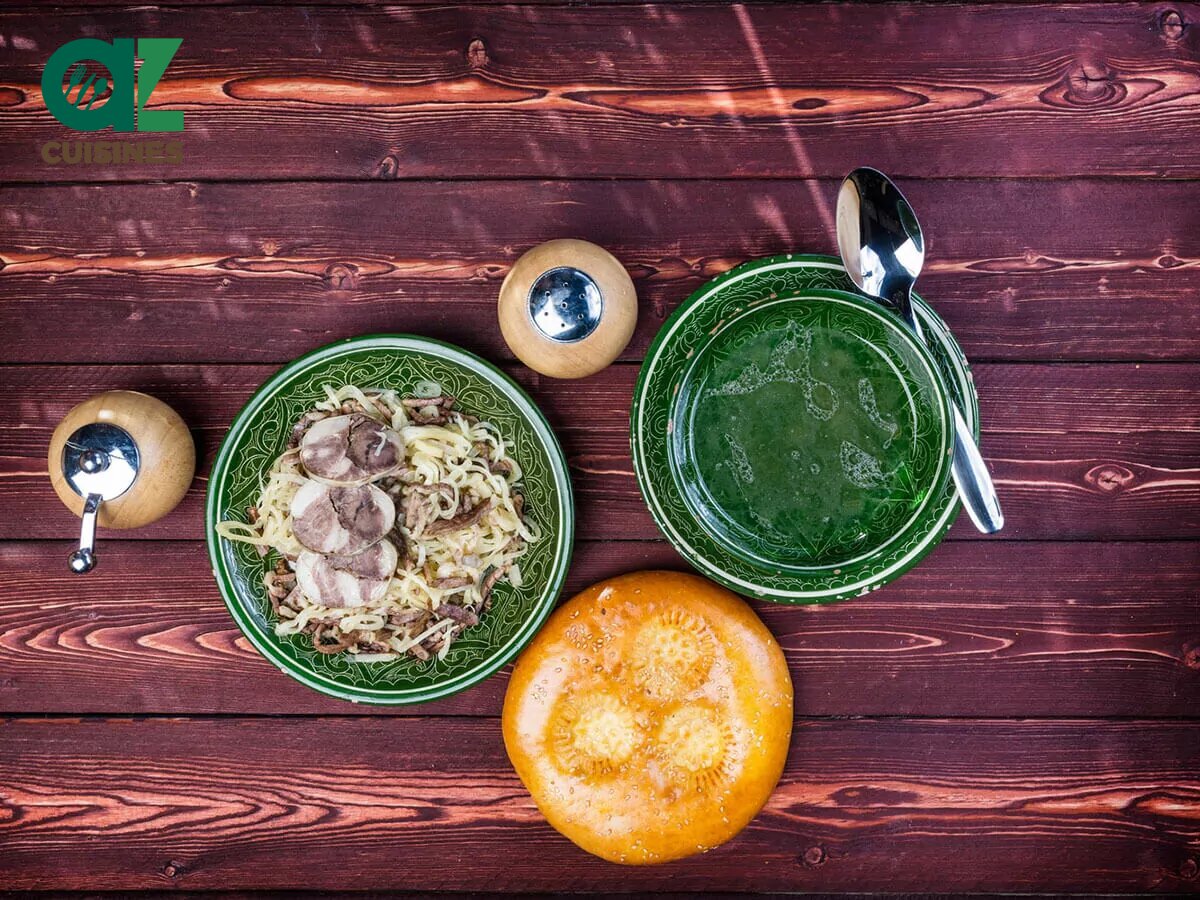
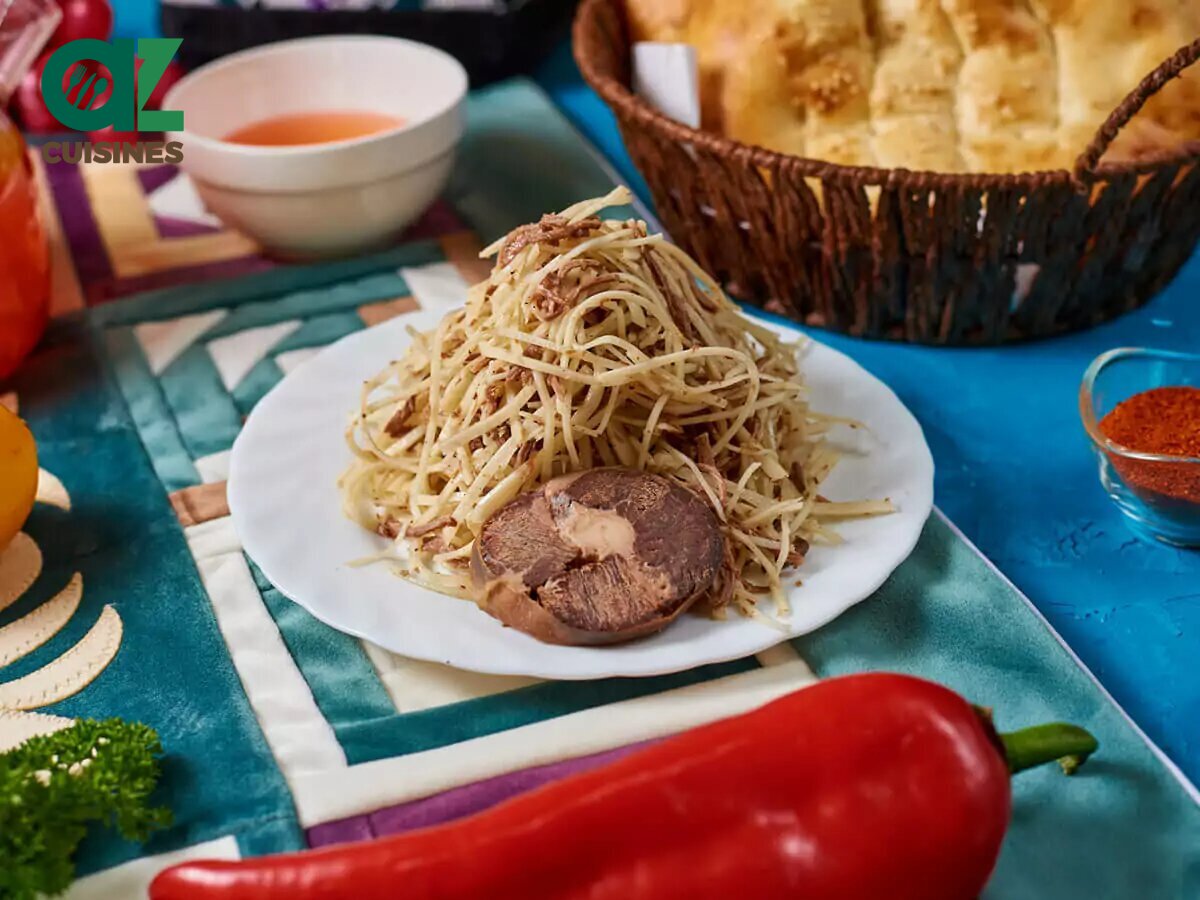
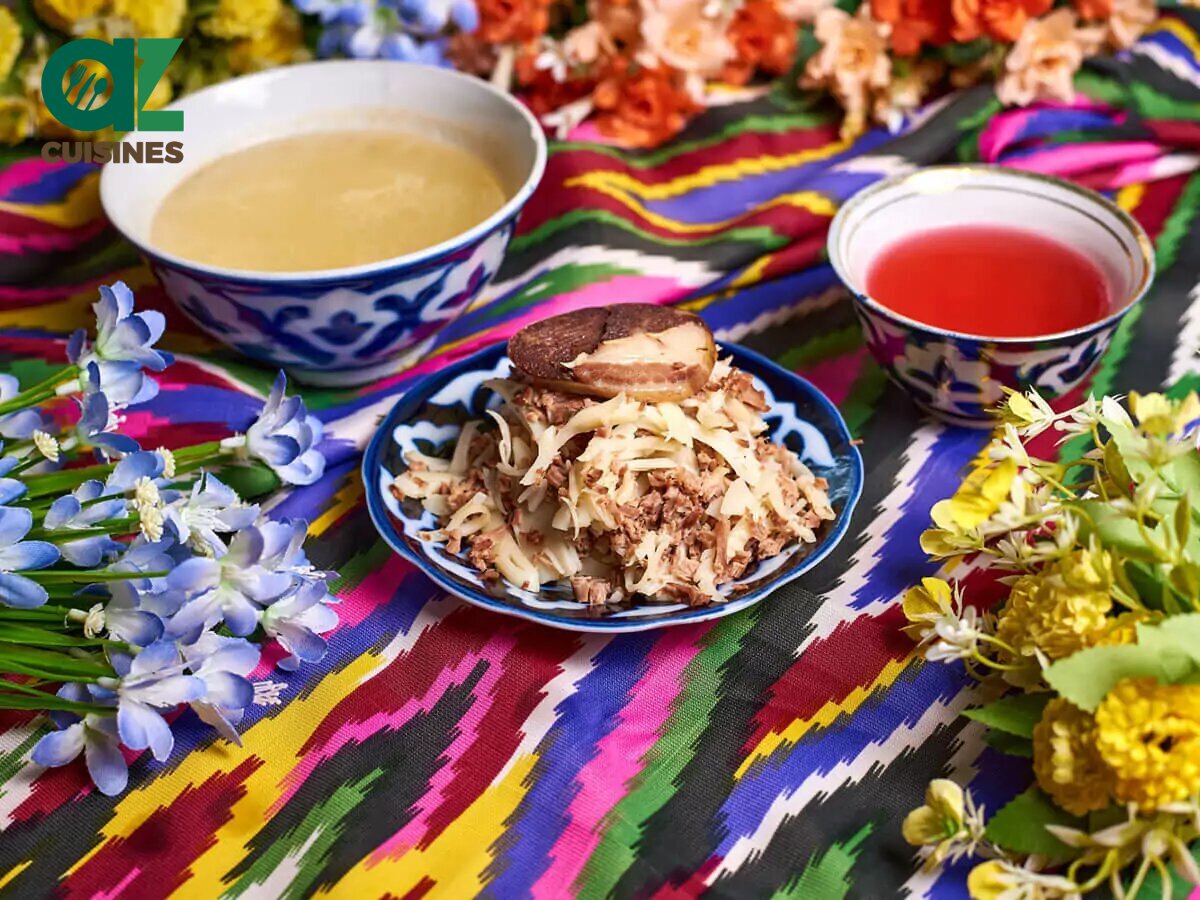
Adam Sam
Senior Food and Drink Editor
Expertise
Food Writer & Recipe Developer, Recipe Tester, Bartender, Cooking-video Maker, Editor In Chief
Education
Adam Sam, an experienced food writer and recipe developer, is passionate about blending diverse culinary traditions, national dishes, and innovative beverages, showcasing his proficiency in both traditional and modern recipe testing.
As the Editor-in-Chief, he elevates culinary content from street food to fine dining, focusing on Western cuisine and types of drinks at azcuisines.com, and is professional in creating engaging cooking videos that simplify complex dishes and ingredients.
His passion for food is evident in his writing, where he uniquely merges various cultures, traditions, and contemporary trends, skillfully combining classic recipes with modern cooking methods.